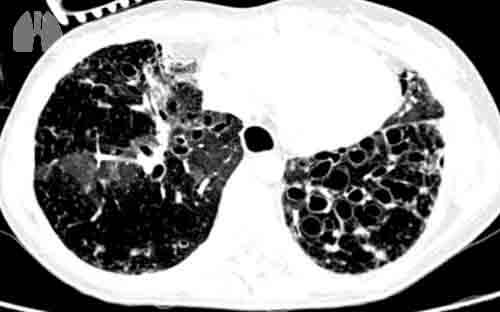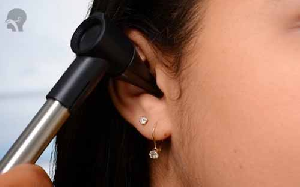
Abstract
Background: In a cross-sectional collaborative analysis within the EU project BESTCILIA, we had found significantly lower height and slightly lower BMI in PCD patients younger than 20 years of age compared to national reference data. We now assessed changes in height and BMI over time during the growth period.
Methods: We used longitudinal measurements of height and BMI from PCD patients of the iPCD Cohort from 10 countries. We calculated height and BMI z-scores using national references and used generalized estimating equations (GEE) to identify changes over time, as a function of sex.
Results: We analysed 1833 repeated measurements of height and BMI from 343 patients aged 0-20 years. We found a significantly lower height (z-score: -0.16, 95%CI: -0.30 to -0.02, p=0.03) and BMI (-0.15, -0.31 to -0.03, p=0.05) in PCD patients compared to reference. We found no significant change in height z-scores (p=0.93) but a small increase in BMI z-scores (0.02 per year, 0.01 to 0.03, p<0.001) over time compared to normal values. Height (p=0.30) and BMI (p=0.13) z-scores did not differ by sex.
Conclusions: Height z-scores were significantly reduced in children with PCD compared to reference values, but they did not change over time. This might suggest that PCD affects growth already at an early stage of life but there is no catch-up until the age of 20. In the ongoing study, we will look at birth weights, stratify by levels of diagnostic certainty and determine patient characteristics associated with growth, such as lung function, microbiology and clinical characteristics.














